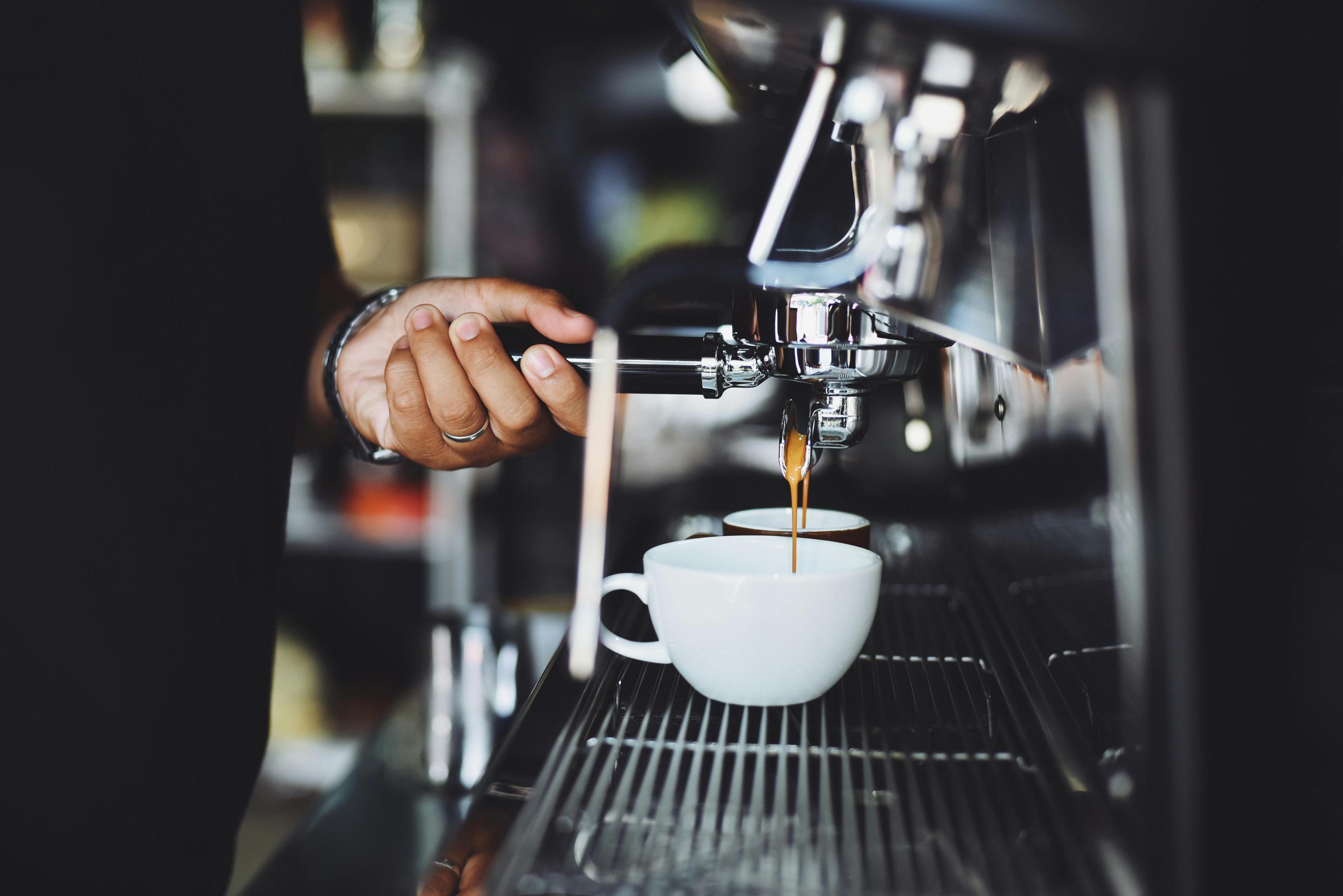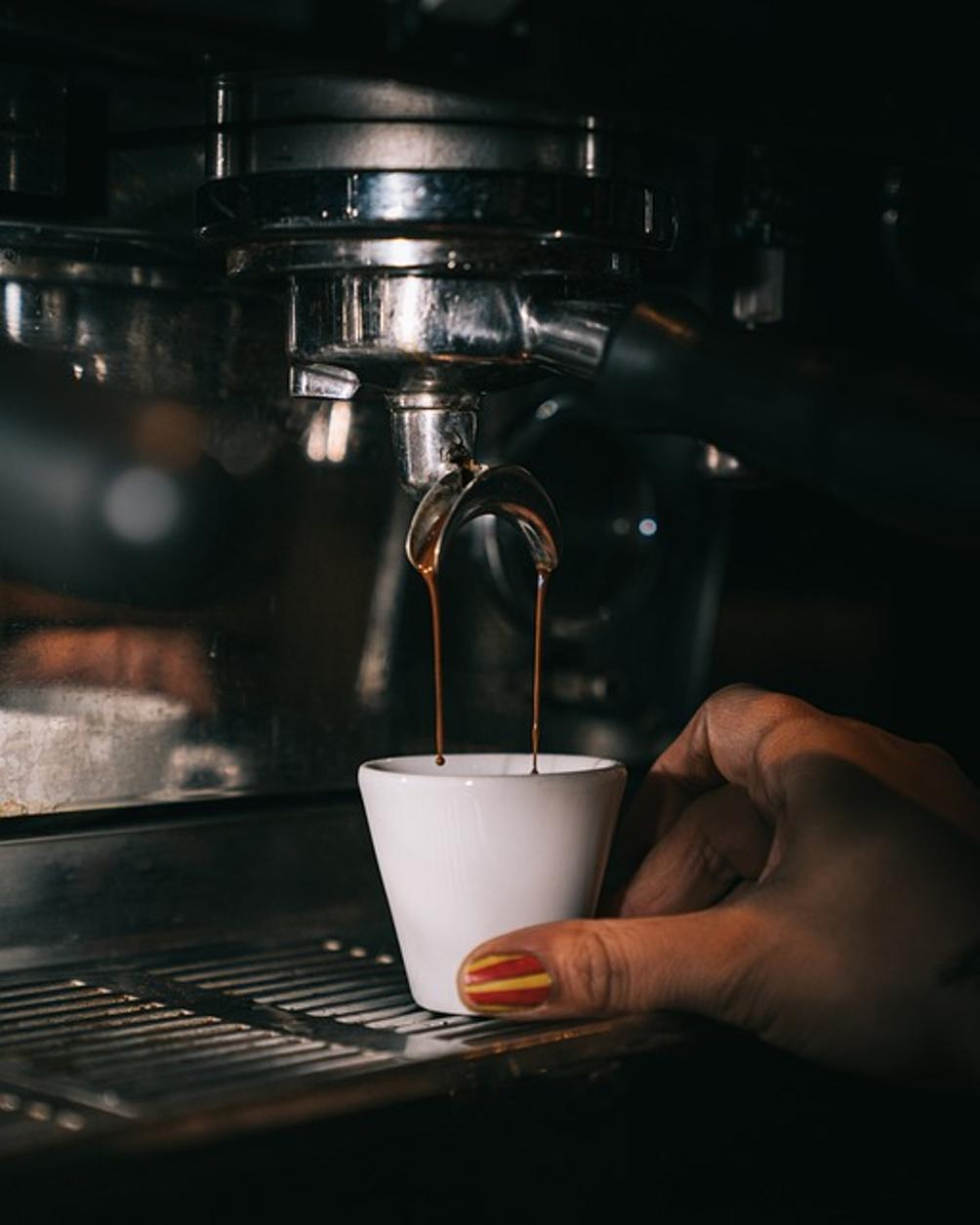Introduction
Priming your Keurig coffee machine is a crucial maintenance step for ensuring that you get the best-tasting coffee and prolong the lifespan of your machine. Many new and seasoned Keurig users often overlook this essential process. This article will dive deep into why priming is necessary, how to get started, and troubleshoot common issues that may arise along the way.

Why Priming Your Keurig Coffee Machine is Essential
Priming your Keurig coffee machine is not just a one-time task but an ongoing requirement for optimal coffee quality and machine performance. When you prime the device, you essentially prepare its internal components to work efficiently. This guarantees that every cup of coffee is brewed at the right temperature and pressure.
Moreover, skipping the priming process can result in several issues, such as airlocks, which can clog the water lines and lead to inconsistent coffee quality. Proper priming can also aid in flushing out any micro-debris or manufacturing residues that may be present in a brand-new machine. Notably, regular priming can prolong the lifespan of your Keurig by preventing wear and tear related to neglected maintenance.
Understanding the importance of this simple yet vital process might make you appreciate your Keurig coffee even more. The next part of this guide will help you prepare your Keurig for priming so you can enjoy that perfect brew without any hiccups.

Preparing Your Keurig for Priming
Before you can begin priming, some preliminary steps need to be taken. These include gathering all necessary materials and ensuring that the machine is appropriately situated.
- Gather Supplies: You will need clean, filtered water and possibly a soft cloth.
- Set Up Your Keurig: Place your Keurig on a flat, stable surface near an electrical outlet.
- Read the Manual: While this guide is comprehensive, always consult your Keurig’s user manual for any model-specific instructions.
With these preliminary steps out of the way, you’re ready to move on to the actual priming process.
Step-by-Step Guide to Priming Your Keurig
Step 1: Preparing the Machine
- Unpack your Keurig and remove any protective films or stickers.
- Plug in the machine and ensure it is switched off while you prepare it.
Step 2: Filling the Water Reservoir
- Remove the water reservoir from the machine.
- Fill it with clean, filtered water up to the maximum fill line.
- Reattach the reservoir securely back onto the machine.
Step 3: First Brew Cycle
- Power on the Keurig and wait for it to heat up.
- Place a mug under the coffee spout.
- Run a brew cycle without inserting any K-Cup pod. This helps clean the internal components.
- Discard the water in the mug and repeat this process at least twice to ensure a thorough initial rinse.
Step 4: Final Priming Instructions
- After the initial rinse cycles, assess if the machine feels adequately prepared.
- Optionally, run a brew cycle with plain water once more to ensure everything is fully primed and clean.
- You’re now all set to start brewing your favorite coffee pods.
Priming your Keurig coffee machine is a simple, yet crucial step in maintaining your device. Now that you have completed the priming process, you’re ready to enjoy a perfect cup of coffee.

Troubleshooting Common Priming Issues
Even after following all the steps, you might encounter some common issues. Here’s how to troubleshoot them:
Resolving Airlocks
- Symptoms: Machine makes noises but no water dispenses.
- Solution: Detach the water reservoir, fill a turkey baster with water, and pump it into the needle area. Reattach the reservoir and run multiple brew cycles with plain water.
Fixing Water Flow Problems
- Symptoms: Weak or inconsistent water flow.
- Solution: Descale your machine. Use a descaling solution or a vinegar-water mixture, and run it through several brew cycles. Rinse thoroughly with clean water.
What to Do if the Machine Won’t Prime
- Symptoms: The machine fails to initiate a brew cycle.
- Solution: Ensure the water reservoir is correctly seated. Verify power supply and electrical connections. If problems persist, consult Keurig customer support for advanced troubleshooting.
By addressing these common issues, you can keep your Keurig in optimal condition and enjoy uninterrupted coffee brewing.
Post-Priming Care and Maintenance
After priming your Keurig, ongoing maintenance will keep it in excellent working order. Regularly clean the water reservoir, descale the machine every three months, and run plain water brew cycles to flush out any residues.
Consistent care ensures that your Keurig continues to deliver high-quality brews.
Frequently Asked Questions
How often should you prime your Keurig?
Priming is typically done during the initial setup of the machine. However, it can also be a good idea to prime your Keurig when it hasn’t been used for a while.
Can you use any type of water for priming?
It’s recommended to use filtered or bottled water. Avoid using distilled water as it can affect the machine’s sensors.
What should you do if priming doesn’t fix the issue?
If priming doesn’t resolve your problem, consider descaling the machine or contacting Keurig’s customer support for further assistance.
